What Photoshop’s new AI Tools Mean for the Creative Community
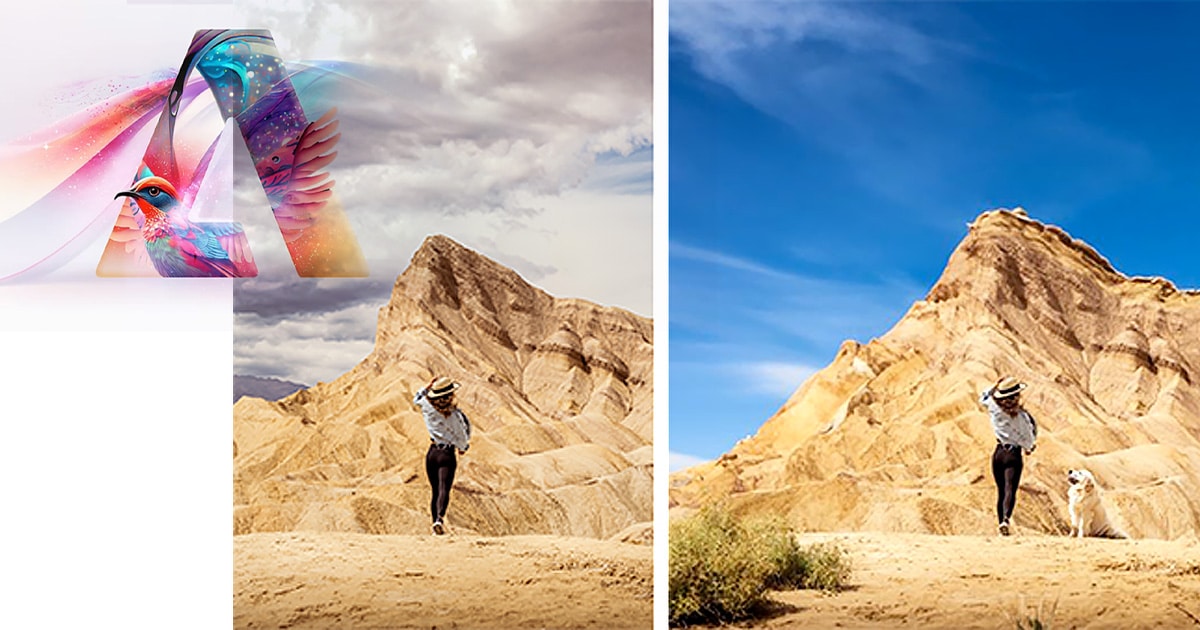
Image above via Sessions College team member Lauren Hernandez
Creative software developer Adobe rocked the art/design community last week with its May 23rd release of its first generative AI tools in Photoshop.
The use of generative AI to create images is of course not new. Artificial intelligence or AI has been a major focus in the technology sector for years. Generative AI uses the potent combination of algorithms and machine learning to generate (or create) unique new content such as text, images, audio, or video, by sampling large databases of content.
By now, most people will be familiar with OpenAI’s ChatGPT, a chatbot that can provide complex, often convincing written responses to a series of human “prompts.” In the digital arts space, AI image generators such as DALL-E 2 and Midjourney have emerged to turn words or ideas into images.
Over the last few years, Photoshop itself has been steadily incorporating the power of AI into new “sensei-driven” tools like Content-Aware Fill and Remove Object to more seamlessly automate mind-blowingly tedious or complex imaging tasks.
So what’s the big deal about the new Photoshop generative AI tools, the first tantalizing look at “a family of creative generative AI models” that Adobe calls Firefly? Isn’t this just more of the visual magic making that Photoshop has long been known for?
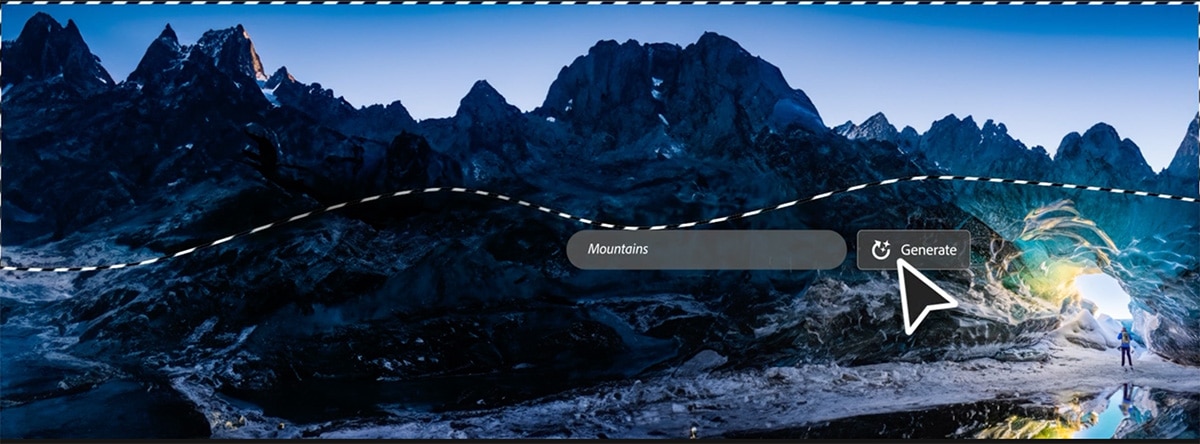
Yes and no. For anyone who has ever struggled to make a selection or figure out the counter-intuitive Pen Tool, Photoshop’s newest functionality sounds like science fiction. In Photoshop’s beta mode, using Generative Fill, you can now take a source image, enter a phrase that represents something you’d like to add to it, like “red balloons” or “Einstein at work” and the AI will provide several options, any of which can be seamlessly integrated into the original image.
What’s amazing about these new tools is that the AI takes care of two kinds of work—first, the chore of researching and identifying images using Google search or stock photography sites—and second, the hassle of doing many (though not all) of the adjustments to blending and lighting needed to make a composite image believable.
If you’re a creative, then great, the new AI has saved you oodles of time in creating an image. When you first experience it, however, the incursion of generative AI into Photoshop may also make you wonder how creative content will be created in the future.
For example, how will AI impact business practices? Will companies ask chatbots to create logos, write ad copy, layout magazine covers, edit videos, or design websites? How does AI affect ethical questions like authenticity and authorship? Does it become too easy to create unattributed or misleading content? Will clients care whether an image was created by a human or a robot? If you’re an artist, will you wake up one day to find all your original artwork reassembled into AI-generated images?
While no-one has a crystal ball, not even an AI-generated one, these are clearly important questions to answer not only for the art/design community, but also for arts educators, and anyone pursuing a training or a career in a fast-changing field.
Here at Sessions College, we believe in that AI will ultimately be of most value to creative people, and so we intend to be part of the solution.
This summer, we are working with our human faculty to begin to integrate AI as a creative research tool into our courses where appropriate so that students have experience in utilizing it creatively. This fall, we’ll be working with our Advisory Board of senior creative professionals to publish a series of articles on the future impact of AI on creative fields.
Located in Tempe, AZ, we’ve were excited about the transformative power of the new tools. To create the image below, our Manager of Faculty and Curriculum Development Lauren Hernandez used generative AI to turn a desert into an oasis:

Right now, though, there’s every reason to maintain confidence that AI will not steal all our creative jobs if you consider some current trends and the lessons of the last ten years.
For instance, one of the most interesting emerging defenses against AI is the Content Authenticity Initiative. This is a new consortium of publishers and media companies that includes Adobe, the New York Times, the BBC, AP, USA Today, The Wall St Journal, and more, who are working together to promoting transparency in AI use, by developing standards for creators and publishers that will identify whether an image that is published was created by AI.
If every AI image used contained a digital signature or attribution which showed that it was an AI image, that would certainly affect how and when companies and organizations decide to use them.
The way that Photoshop’s new AI imaging tools work, a digital artist can feel like they have a team of interns helping them out. But the results are generally not polished or seamless on close inspection. If you want to refine and publish your AI image, you will probably still need professional Photoshop skills. And ultimately, the ability to compose images or tell stories that are authentic is still a human skill, born of talent and training.
Also, if you look back at the last 10-15 years, one constant is that the proliferation of screens and digital creative tools has not diminish our respect for originality or for traditional art media. Having more digital tools seems to have only increased our admiration for physical artists such as illustrators or painters, for example. Smartphone technology has made it easier (thank goodness) take semi-professional photographs. And yet, when there’s a wedding, we hire a professional photographer with all their talents to capture our special moments.
Finally, in the design field, while AI is undeniably a big story at the moment, the reality is that clients and employers ultimately pay for art/design work that is created to address their unique needs through a process of consultation and iteration. There is a value created that cannot be replaced by seeing what comes out of an intelligent search engine. Businesses will continue to trust teams of talented humans to help them develop messages and communicate to human audiences.
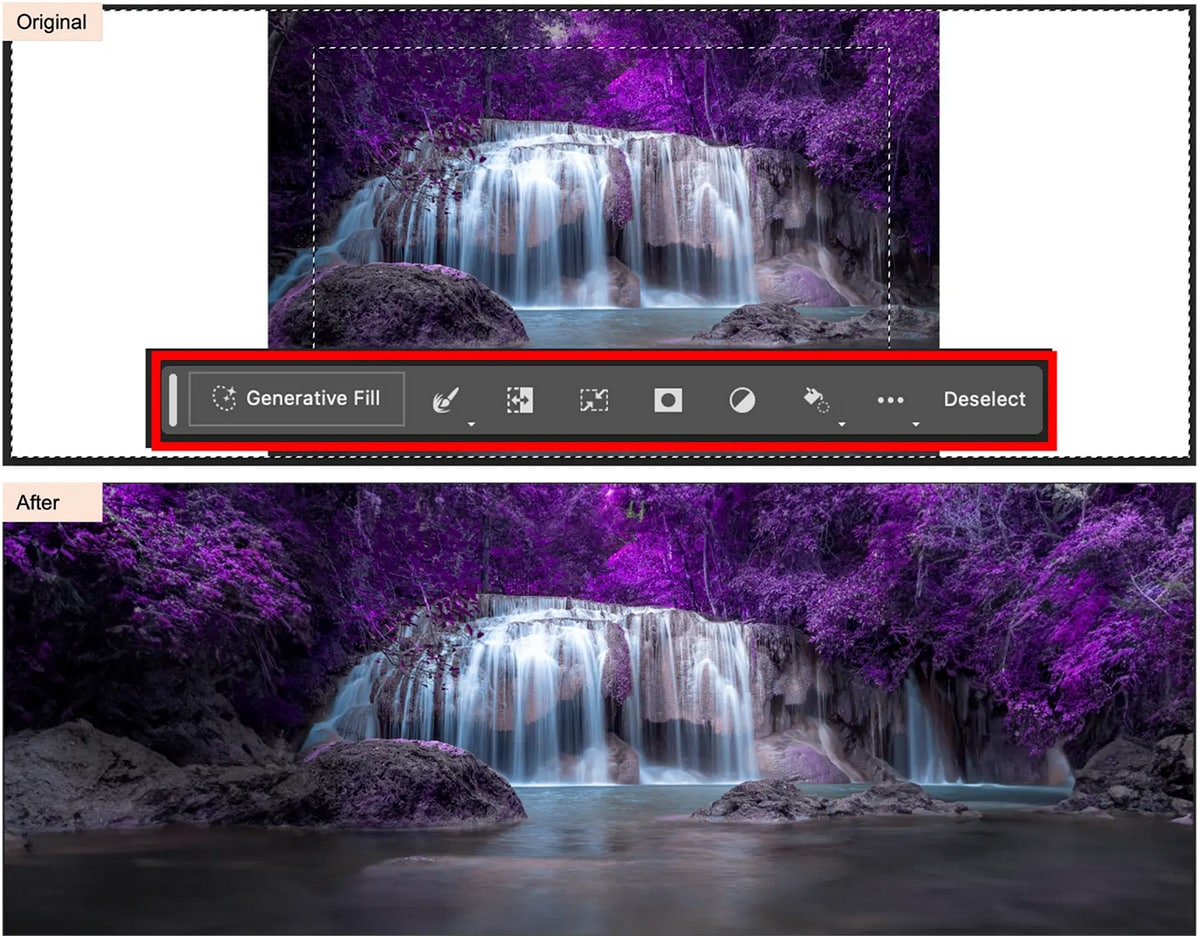
So, how will the generative AI tools be used in Photoshop and beyond? Here are four areas in which AI in Photoshop is likely to make its mark.
- Researching images. In any Photoshop compositing or retouching project, there is considerable time spent researching and evaluating possible shots or source images. A designer can spend hours a week using Google image search or stock photo libraries to locate good source material. For certain kinds of projects, the AI tools allow you to stay in Photoshop and have your visual ideas delivered to you.
- Brainstorming. A designer, illustrator, and/or digital artist might have a concept in mind that could include a combination of images such as a fish sunbathing on a house in the forest. The AI component included in Photoshop gives you a fast prototyping method for exploring how these different elements look when combined. Then you can this image as inspiration when developing your own original work.
- Mockups. One creative challenge for designers can be the time it takes to quickly explore different directions and have high quality mockups for decision making. What if the client wants to see three very different ideas, pronto? Sketching is an essential tool for creatives, but sometimes a polished image is what stakeholders want to see. The new generative AI tools are perfect for that: you can quickly create convincing images with diverse source material.
- Imaginative compositing. Most digital imaging projects do not require the creation of super creative, imaginative images, like fish swimming on a moon made of cheese. But in some contexts—such as advertising or magazine publishing—that may be exact goal. Photoshop’s new generative AI tools can take you wherever your imagination leads you, helping you more quickly assemble image elements and efficiently explore random possibilities.
Of course, one important caveat to note is that whether you are a student or a professional, for any from work that you assemble using AI in Photoshop (or another AI source), you need to include citations and related information in comments with your designs/concepts to acknowledge the inclusion of work other than your own. At the time of writing, Adobe is working on a citation standard and a tool that is likely to be included in Photoshop’s generative AI features when they are fully released. Also, while Adobe’s new AI tool appears to sample their extensive stock library, Adobe’s terms of use for AI features specify that “you may not use the output [of generative AI] for any commercial purpose.”
One thing that all of the above new AI creative options have in common is that they still require artistic skill and training in Photoshop to execute properly. In fact, one could argue that AI will not take jobs away from a Photoshop expert, but instead will provide yet another tool for creative artists and designers to create amazing visual communications.
What’s for sure is that AI is here to stay, and its potential is growing every day. AI tools that are in beta in Photoshop today could be live and dramatically expanded by this fall, and who knows what is possible in the next few years? How will generative AI affect illustration, video editing, page layout, and other creative fields that Adobe’s software powers?
It’s important for everyone in the creative space to stay on top of these changes and make sure they are able to adapt, stay creative, and continue making effective, high-quality artwork and designs for clients and consumers. AI is here, and it’s only natural that the most imaginative people will find the most creative ways to use it.
For more information on AI in Photoshop, check out the following Adobe pages:
- Dream bigger: Get started with Generative Fill
- New AI Feature: Generative Fill in Photoshop (beta) – video
- Generative AI at Adobe
- Adobe Firefly (beta)
Visit our information pages to find out more about learning Photoshop or Graphic Design at Sessions College. Choose from a range of fully online programs in visual arts majors at degree or certificate level.
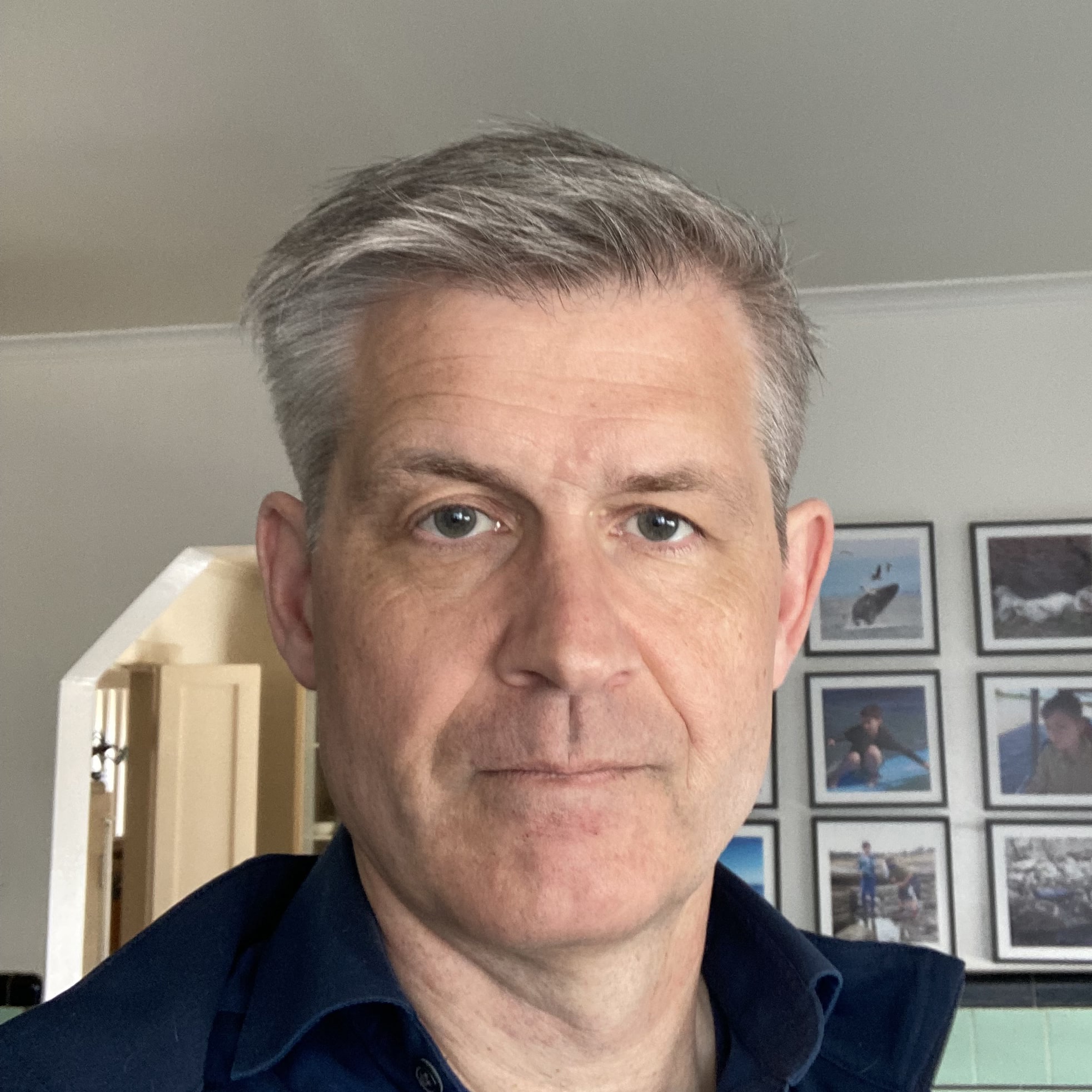
Gordon Drummond is the President of a Sessions College. He's passionate about education, technology, and the arts, and likes to surround himself with talented people. Read more articles by Gordon.
RECENTLY ON CAMPUS























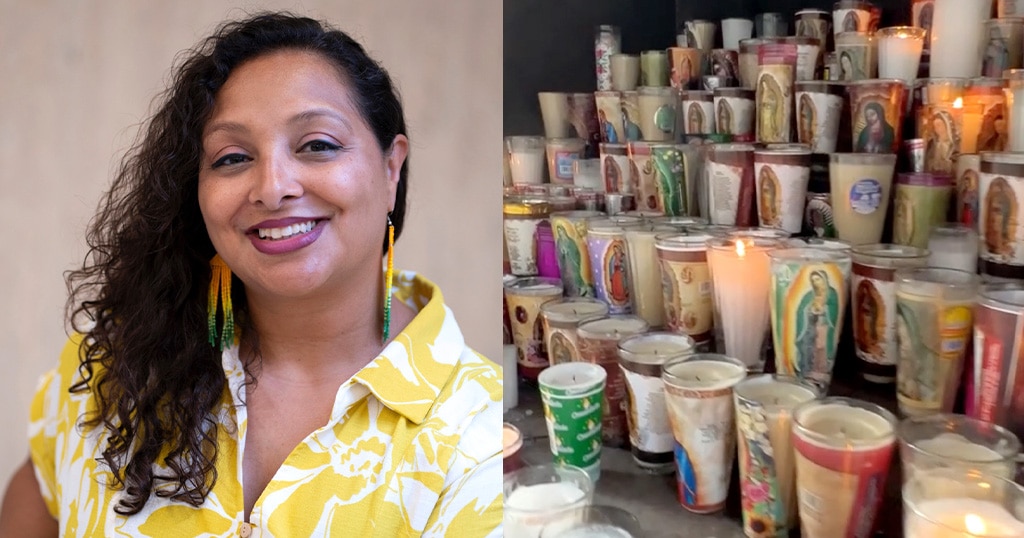
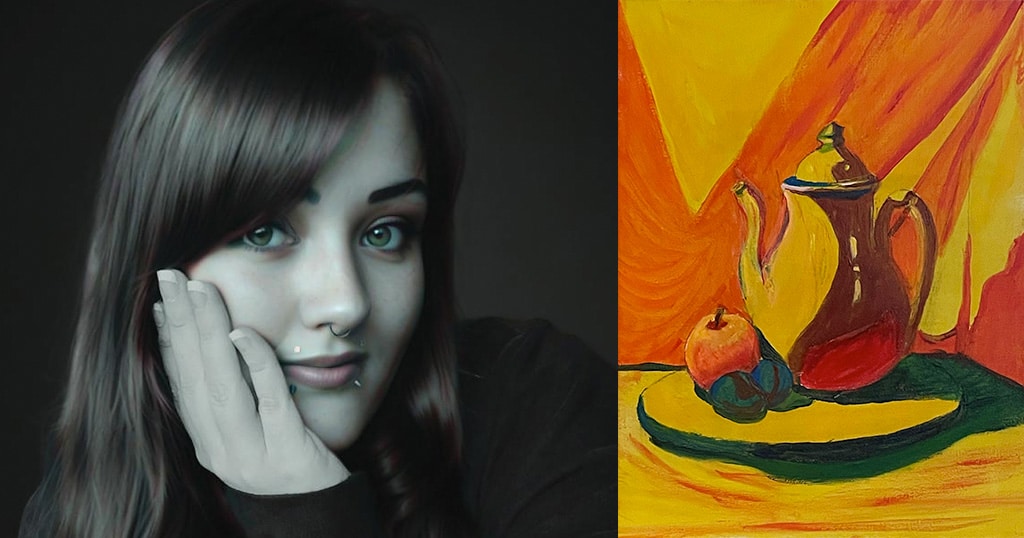
 What Photoshop’s new AI Tools Mean for the Creative Community
What Photoshop’s new AI Tools Mean for the Creative Community
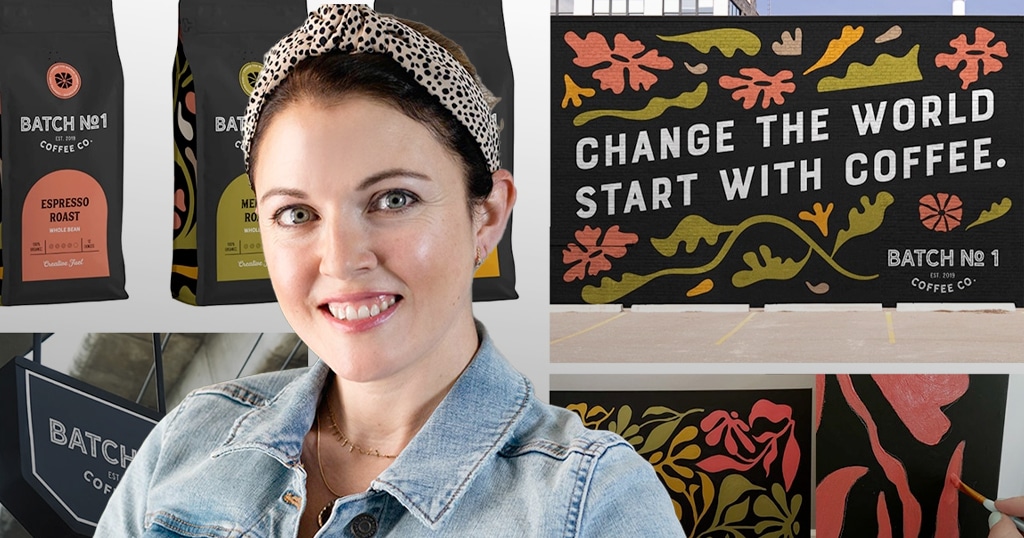 Gaining Confidence and Working with Clients
Gaining Confidence and Working with Clients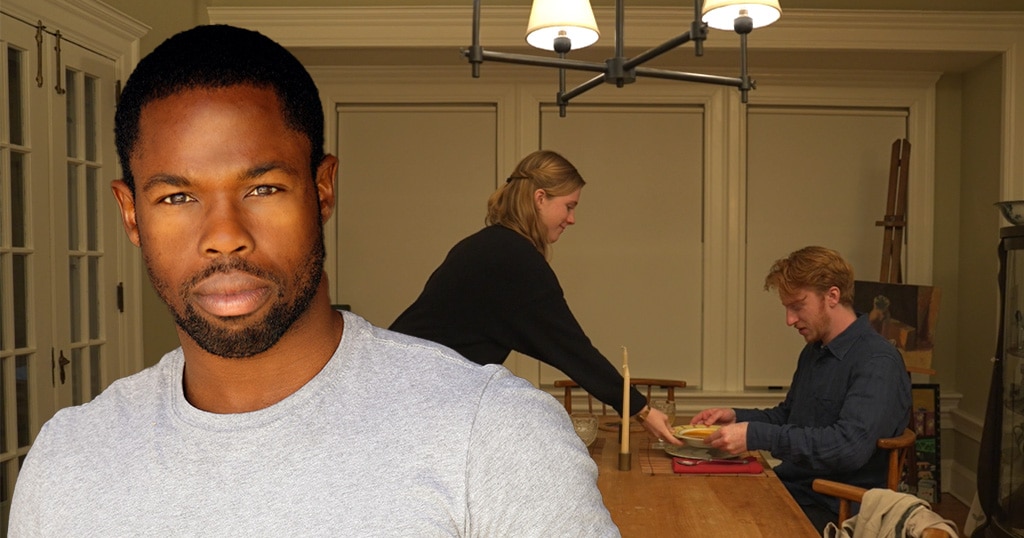 Exploring the Artistry of Filmmaking
Exploring the Artistry of Filmmaking